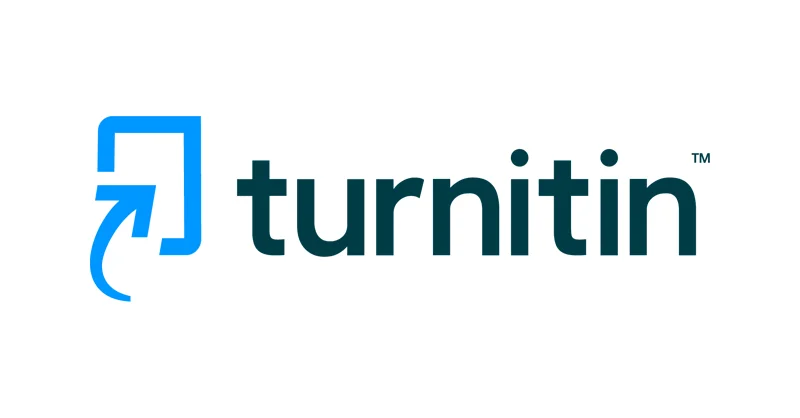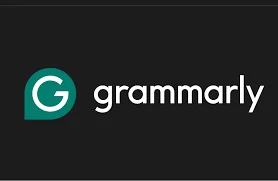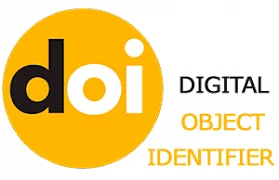




Multidisciplinary journal is an academic or scholarly publication that publishes research across a wide range of area, rather than focusing on a single field. These journals allow work from the humanities, sciences, engineering, social sciences, health sciences, technology, arts, education, etc — sometimes even combining methods, perspectives, or topics that cross traditional disciplinary boundaries and many more.
features:
- Breadth of fields: from STEM to social sciences, arts, and humanities.
- Variety of article types: original research, reviews, case studies, short communications, theoretical or opinion pieces.
- Interdisciplinary or cross-disciplinary work: research that draws on more than one discipline, or offers perspectives that are relevant to several fields.
- Open / global audience: because topics are broader, readership tends to come from many different academic or professional backgrounds.
Why Multidisciplinary Journals Matter
Here are several reasons why multidisciplinary journals are important:
- Fostering Integration and Innovation
Many real-world problems (e.g. climate change, public health crises, education reform) don’t sit neatly in one discipline. Multidisciplinary journals encourage combining knowledge from different fields, which often leads to more holistic, innovative solutions. - Wider Audience & Visibility
A paper published in a multidisciplinary journal can reach readers in several disciplines, which can increase its impact and citation potential. Researchers from different fields may come across it. - Flexibility for Authors
If your research spans multiple fields, sometimes you don’t fit well into any single specialized journal. Multidisciplinary journals provide a good home for such work. - Encouraging Collaboration
These journals often attract collaborative teams (e.g. combining engineers, sociologists, health scientists) which can enhance the quality, scope, and relevance of research.
Key operational features:
- Peer review: Usually double-blind or single-blind review by experts from relevant disciplines.
- Open access: Many are open access, which helps with sharing broadly.
- Publication frequency: Varies (monthly, quarterly, bi-annual etc.).
- Ethics & quality: Strong editorial policies on originality, avoiding plagiarism, clear methodology etc.

